NIT6110: Link Budget Estimation for WWAN Deployment (LTE, 850MHz)
VerifiedAdded on 2023/04/25
|6
|693
|53
Practical Assignment
AI Summary
This assignment solution focuses on wireless link budget estimation for a WWAN deployment in a new suburb using LTE service at 850MHz. It involves calculating the minimum transmission power required for maximum transmission speed, considering factors like distance, Fresnel zone effect, antenna gains, and SNR. The solution includes a link budget estimation table, Fresnel zone radius calculation, and analysis of various obstacles and their impact on signal distance. The assignment also explores the effect of different obstacles on signal propagation and distance, determining that a thin cubicle has the most significant impact. Desklib provides a platform for students to access similar solved assignments and study resources.
1 out of 6
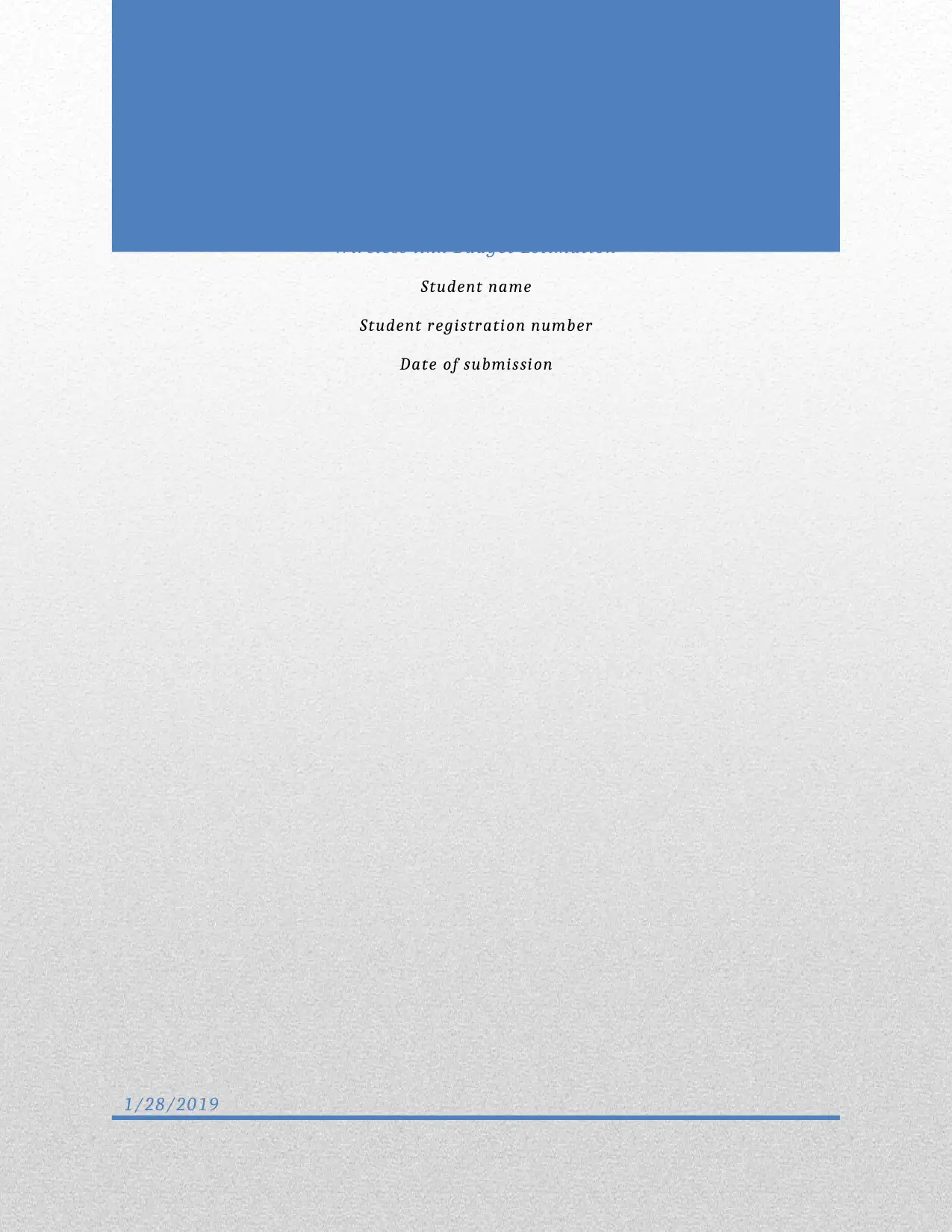
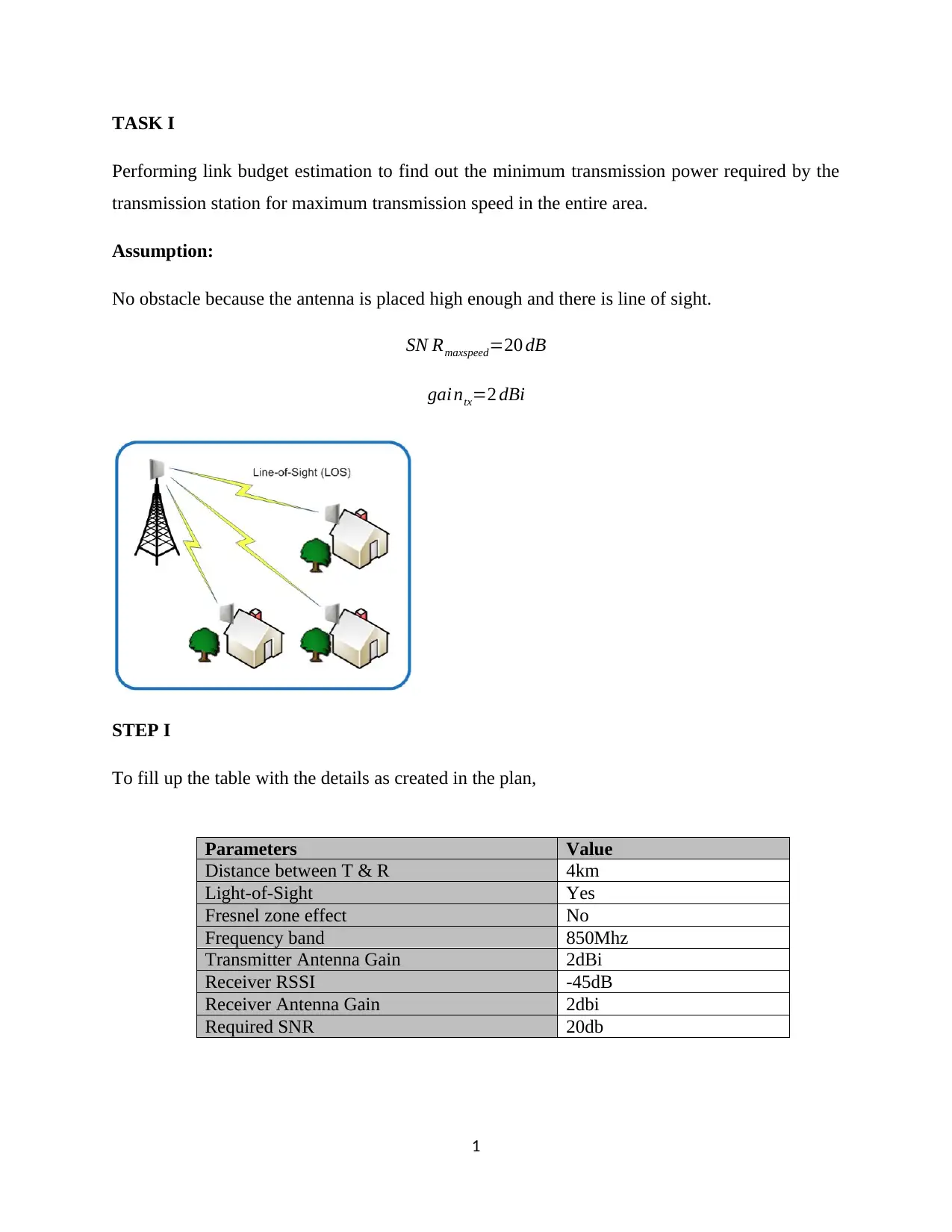
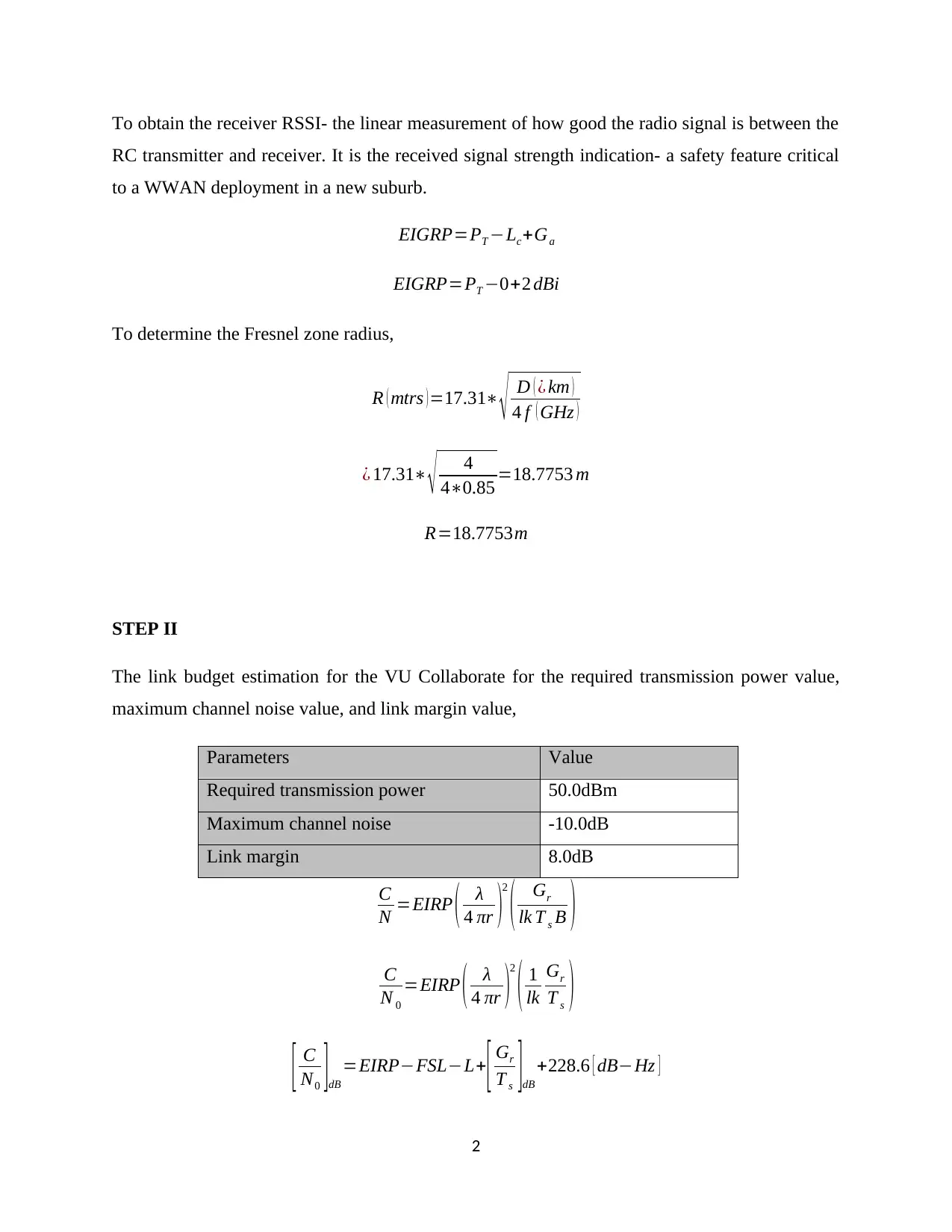

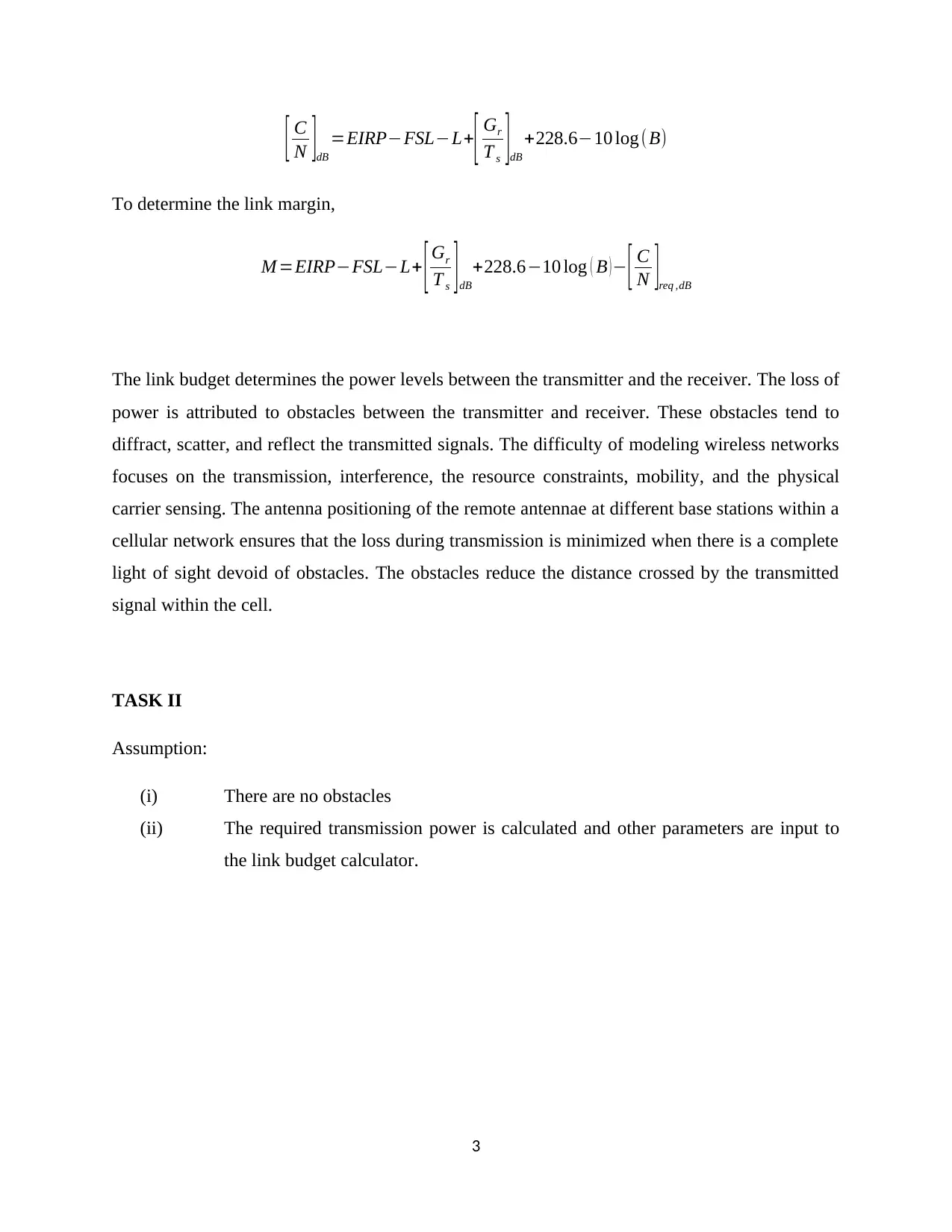
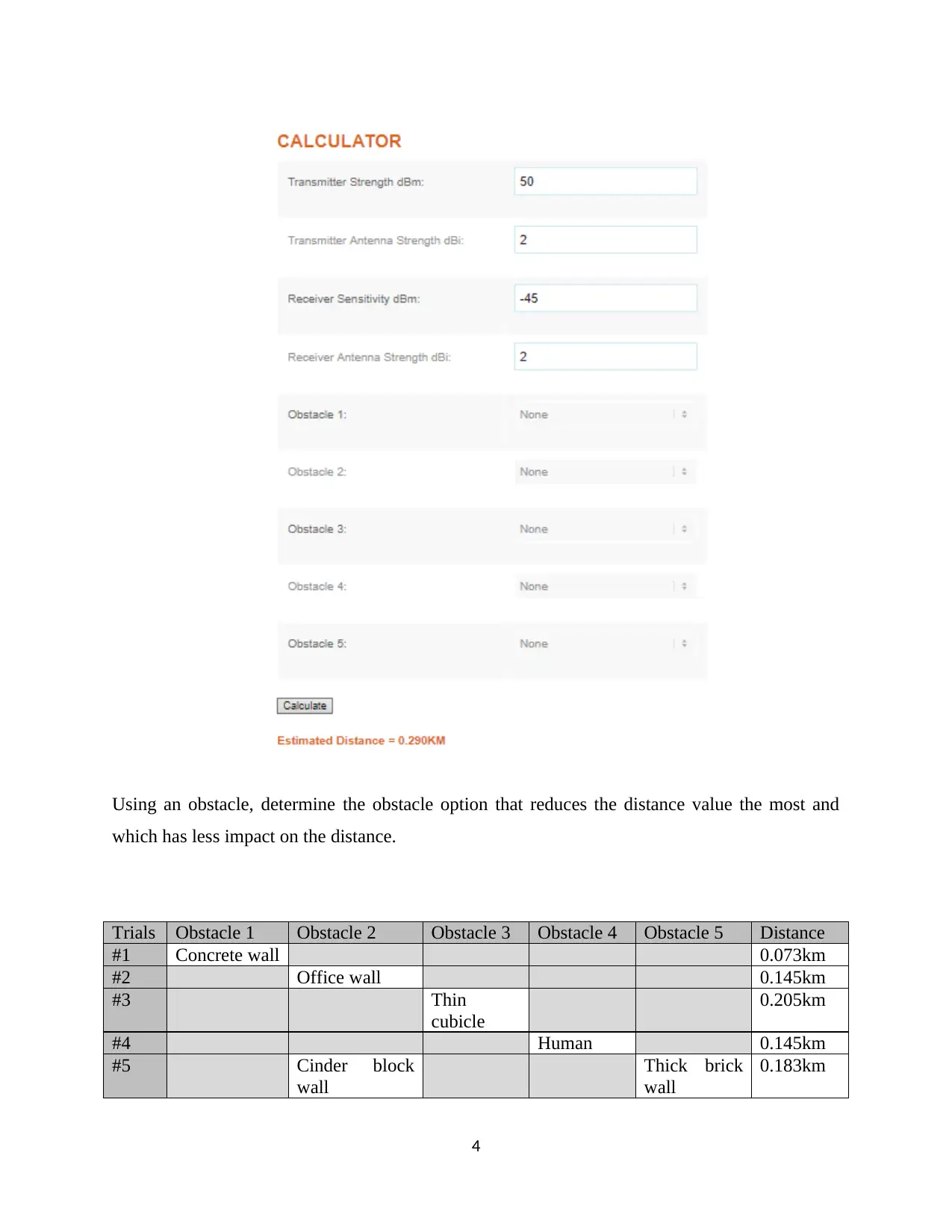
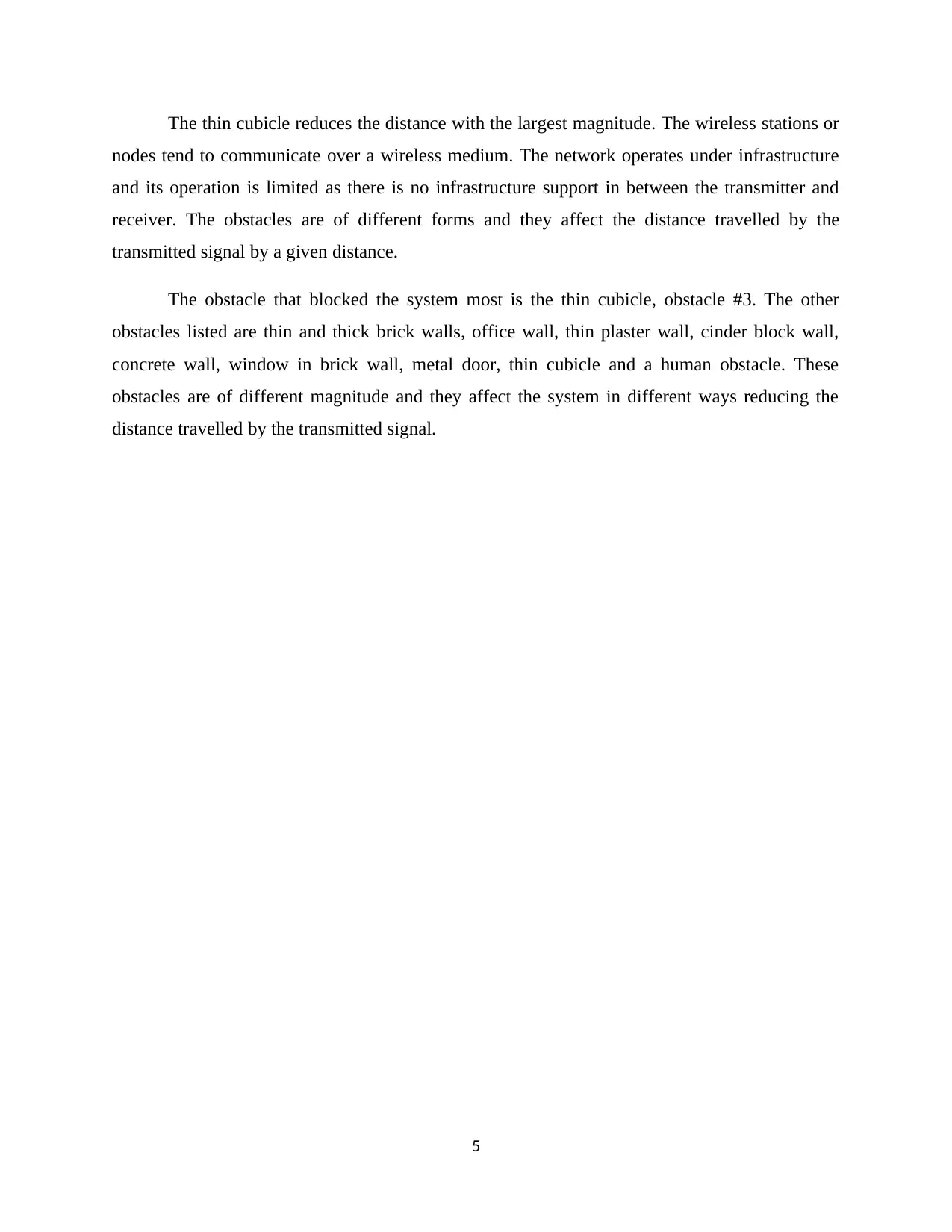





![[object Object]](/_next/static/media/star-bottom.7253800d.svg)